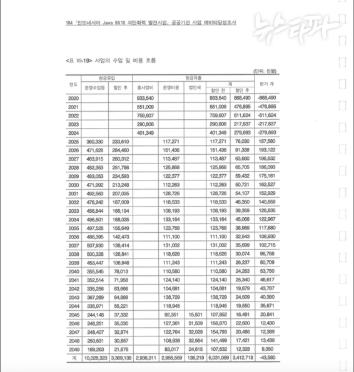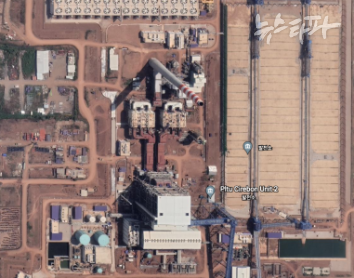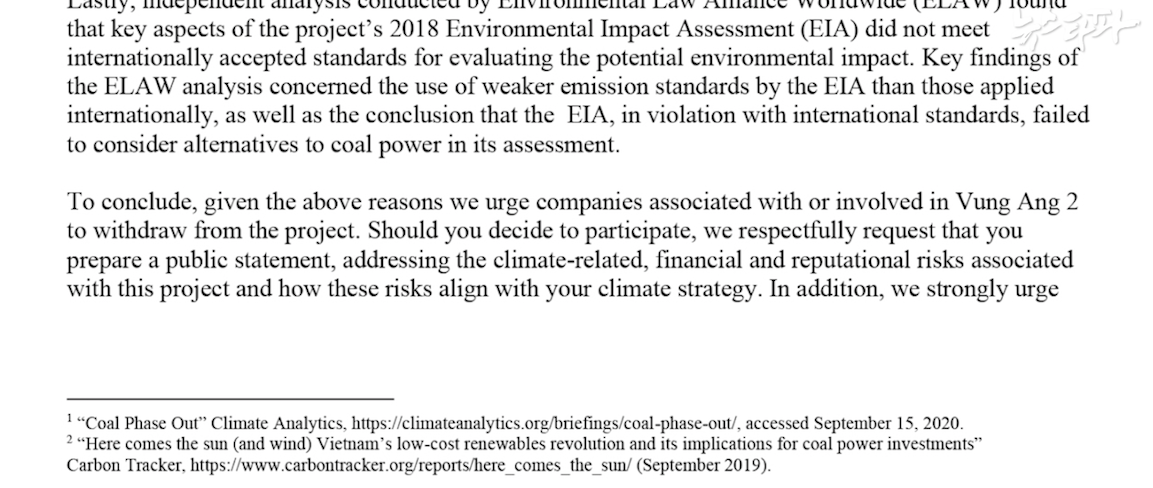“We’re doing (it by) business by business scheme. Most of them (agreements with IPP operators do) their own negotiations and deals,” Schneider Siahaan, the Director of Strategy and Financing Portfolio at Indonesian Ministry of Finance, said in an interview with Newstapa in March 2018, emphasizing that the renegotiations were not done with government pressure. “If a business says no, the government can’t do anything.”



